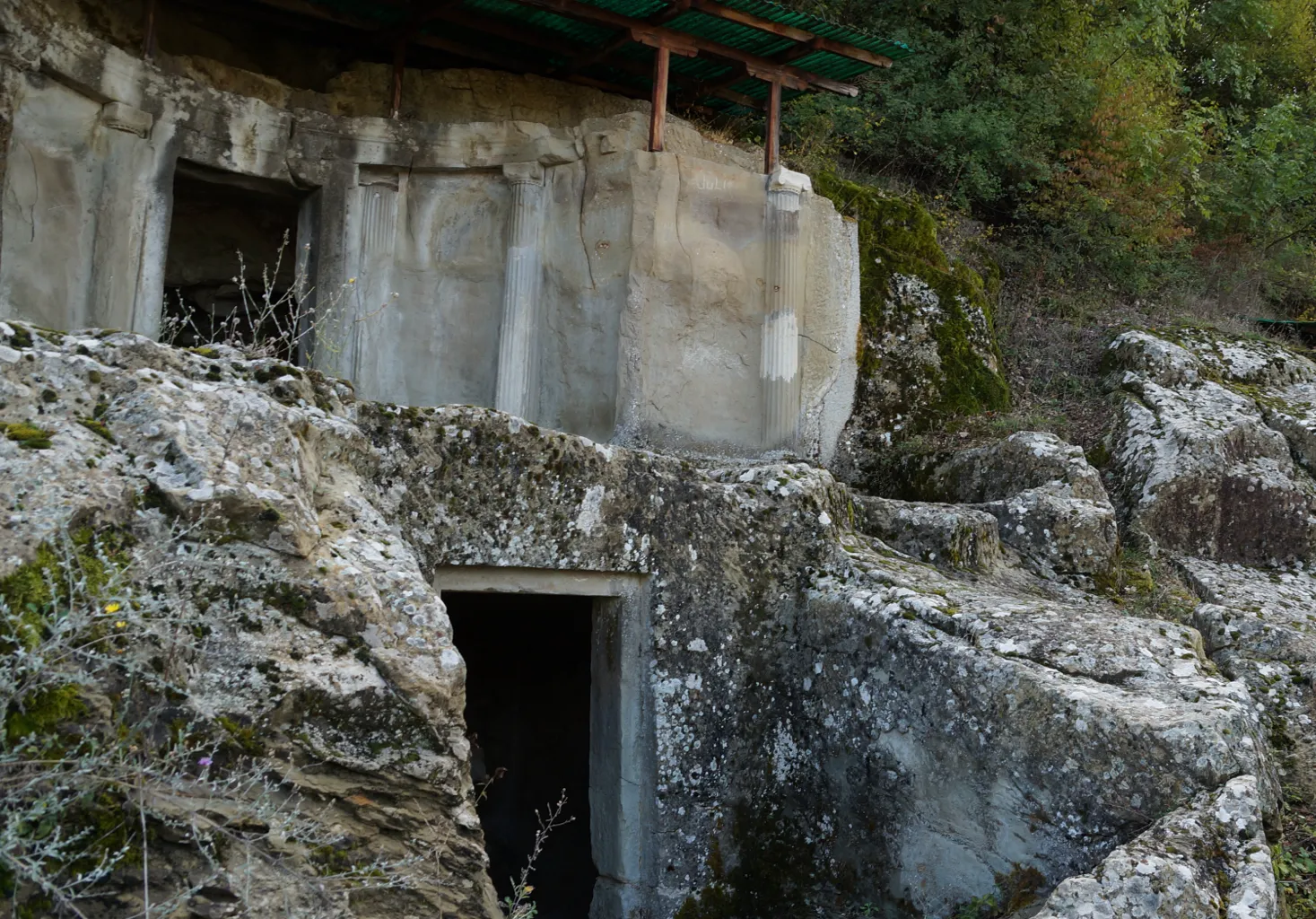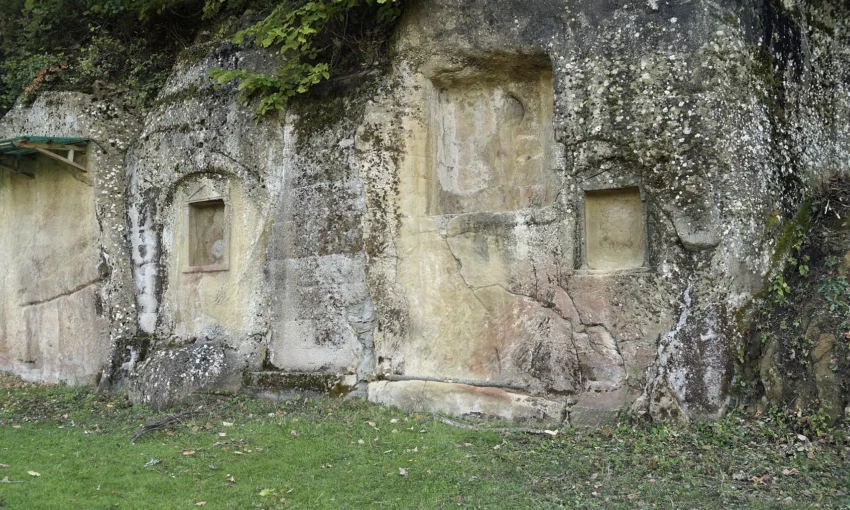Overview of Selcë e Poshtme
Selcë e Poshtme, commonly referred to as “Lower Selcë,” is a village in the Mokra area of Korçë County, Albania. Following the 2015 local government reform, it became part of the Pogradec municipality. The village is notably positioned on the right bank of the Shkumbin river at an elevation of 1,040 meters above sea level.
Get your dose of History via Email
Historical Significance
The area around Lower Selcë is historically significant due to the presence of five Illyrian Royal Tombs, dating from the 4th to the 2nd century BC. These tombs mark the site as an important cultural and archaeological location. In 1996, Albania proposed these Royal Tombs for inclusion in the UNESCO World Heritage list.
Archaeological Insights
Archaeological studies reveal that an Illyrian settlement existed in Selcë e Poshtme since the early Iron Age. The settlement evolved significantly over time. By the beginning of the 4th century BC, it transitioned from a pre-urban to an urban phase, continuing until the 1st century AD. This site was part of the Illyrian Dassaretii territory.
The third and final phase of the settlement saw less development compared to its earlier stages. Despite this, the area remained inhabited during the Roman Imperial period, under rulers such as Anastasius I and Justinian. The settlement was eventually abandoned between the 4th and 6th centuries AD.

Economic and Strategic Importance
In antiquity, Selcë was a thriving economic center. It held a dominant position within the region now known as Mokër. This was largely due to its strategic location controlling the road from the Adriatic coasts of Illyria to Macedonia.
Connection to Alexander the Great
Lower Selcë is also suggested as the historic site of Pellion. Here, in 335 BC, Alexander the Great advanced his forces to confront the Illyrians under Cleitus and Glaukias of the Taulantii. This was following the death of Philip II, aiming to secure Macedonia’s northern border before his conquest of Asia. However, alternative locations for Pellion have been proposed, including Zvezde near Korça or in Goricë.
Cultural Influence
In the area of modern Pogradec, it appears that the Illyrians were influenced by Macedonian styles, indicating a blend of cultural influences that enriched the region’s historical tapestry.
Sources: Wikipedia

